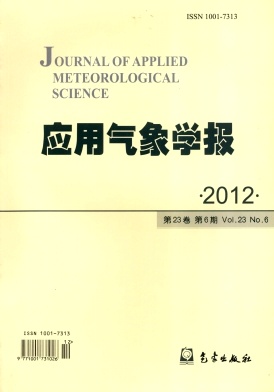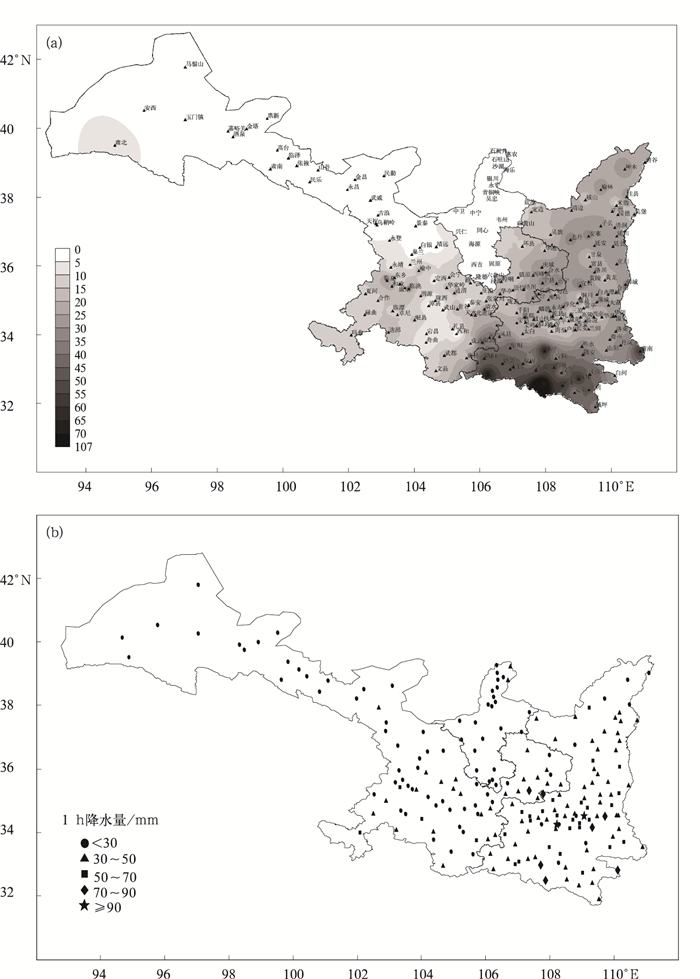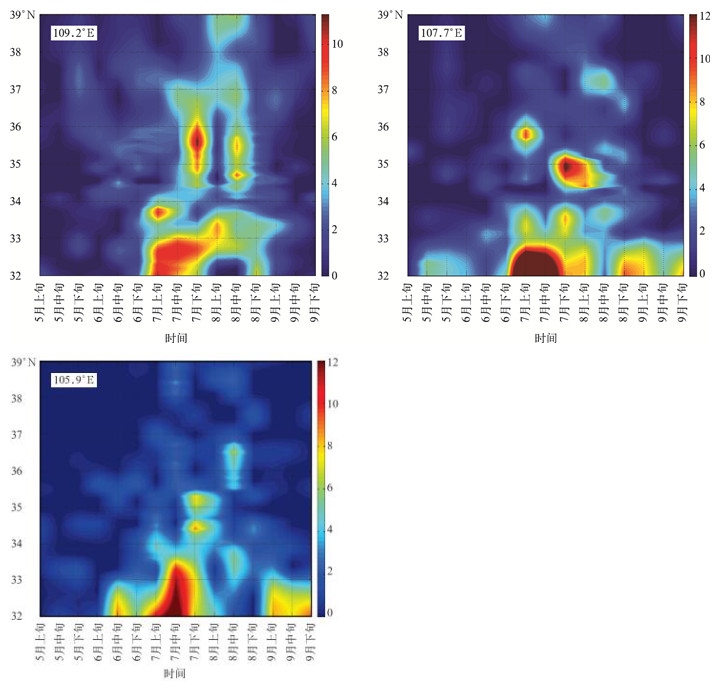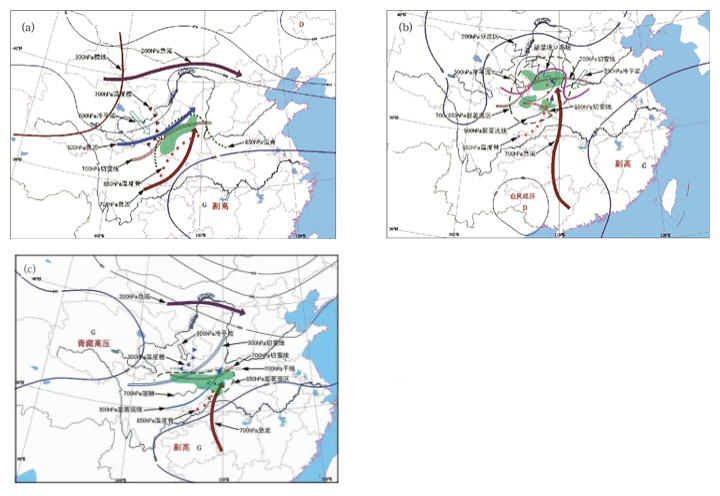| 物理量 | 低槽-副高型 | 低涡-远距离台风型 | 两高切变型 |
| 水汽总量/mm | 58.23 | 64.72 | 56.31 |
| 700 hPa水汽通量散度/(10-7g/(cm2·hPa·s)) | -6.23 | -12.46 | -8.55 |
| 500 hPa和850 hPa假相当位温差Δθse/℃ | -5.64 | -7.71 | -10.62 |
| 500 hPa和850 hPa温度差ΔT/℃ | -24.51 | -26.38 | -29.27 |
| 抬升指数/℃ | -3.12 | -4.03 | -4.61 |
| 对流有效位能/(J·kg-1) | 257.43 | 639.62 | 1019.76 |
| K指数/℃ | 36.47 | 36.25 | 38.83 |
| 0℃层高度/gpm | 5513.81 | 5207.74 | 5381.32 |
| 抬升凝结高度/gpm | 915.93 | 837.63 | 872.51 |
| 暖云层厚度/gpm | 4597.88 | 4370.11 | 4508.81 |
| 0~3 km垂直风切变/s-1 | 0.0027 | 0.0023 | 0.0044 |
| 强天气威胁指数 | 242.62 | 233.59 | 295.62 |





 DownLoad:
DownLoad:





